Mastering the Art of Growing and Caring for Christmas Cactus: A Comprehensive Guide!
24. 7. 2024
What will you learn in this article?
The Christmas cactus is a long-lasting holiday plant (move over, poinsettias!) that flowers in winter with colorful, tubular flowers in pink or lilac colors.
Learn how to care for a Christmas cactus—how much to water this succulent, how to get a Christmas cactus to bloom, and how to propagate for a gift that will give year after year!
About Christmas Cacti
The Christmas cactus is a popular houseplant that blooms indoors in the winter, so it’s popular at holiday time and makes a great gift, too. Unlike regular cacti, however, this is not a plant from a dry, hot, desert location. Instead, this is a succulent native to tropical rainforests, where they grow on tree branches and soak up the high humidity, dappled sunlight, and warm temperatures.
The bottom line: Don’t treat a Christmas cactus like a run-of-the-mill cactus! It’s important to water these cacti more regularly but also to be cautious of keeping them too wet.
Don’t know how to care for Christmas flowers – Pointsettia? We will advise you on how to water, fertilize and where to place the plant.
A selection of Christmas cactus
The Christmas cactus ( Schlumbergera Bridgesii in Latin) is the result of crossing several botanical species.
However, more than the history of its origin, we are interested in which species we can choose to grow. In principle, there is only one type, but we can choose from several flower color variants.
So, if you want a specific shade, you need to time the purchase of a cactus during its flowering period – the period of the Christmas holidays and a few weeks after them.
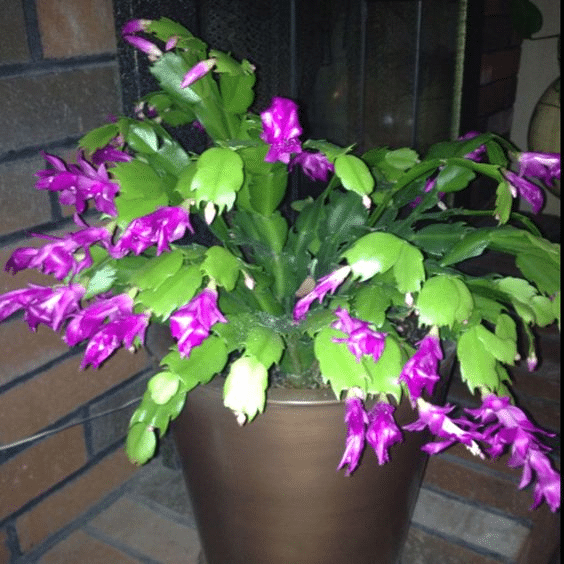

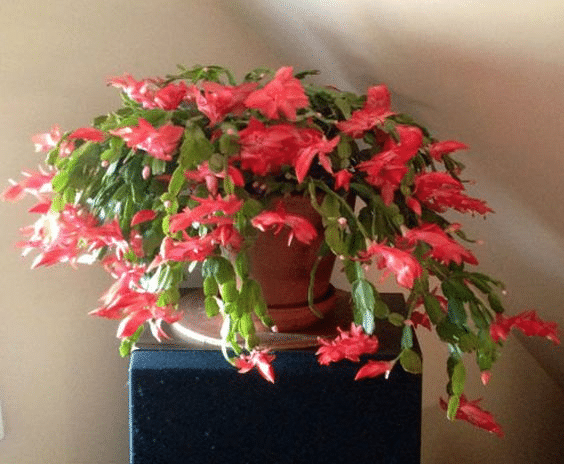

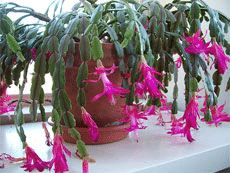
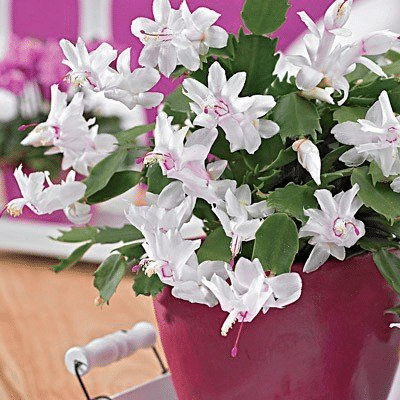
Source: all pinterest.com
Choosing a suitable place
Christmas cacti occur naturally on the slopes of coastal mountains in Brazil.
They grow on rocks with plenty of sun but moderate cover by taller plants.
Try to create similar conditions for them at home – place them in a sufficiently sunny place, but not on the windowsill, which is exposed to the sun’s rays from morning to evening.
A place near a window or behind a tall plant is ideal.
Then on the rocks, with enough sun but moderate cover by taller plants.
Try to create similar conditions for them at home – place them in a sufficiently sunny place, but not on the windowsill, which is exposed to the sun’s rays from morning to evening. A place near a window or behind a tall plant is ideal.

Watering the Christmas cactus
It probably won’t surprise you that the Christmas cactus doesn’t need a lot of water. However, nothing must be overdone, and especially during the flowering period, care must be taken with regular, albeit moderate, watering.
The easiest way to tell if it’s time to water is to test with your finger. Stick your finger in the soil; if the top 2cm is dry, it’s time to water. Water with settled water at room temperature.
Tap water that is too cold contains unwanted chlorine and could damage the roots too much.
Never use sprayers. Cacti are used in a dry environment, and moisture on the leaves could cause them to mold.

Cactus requires special care during the flowering season, usually around Christmas. At this time, small buds form at the ends of the twigs, and a lack of moisture could cause them to drop prematurely.
So, how do you water the Christmas cactus during the flowering period? Water more often, already when the top 3 inches of the soil is dry.
Fertilizing the Christmas cactus
Do you want to give your plant some extra nutrients?
Like other plants, you can use suitable fertilizers to grow Christmas cactus.
Just be careful with the timing. The ideal fertilization time is at the end of winter, i.e., after flowering.
Use a commercially available cactus fertilizer, but instead of the recommended dilution of 1 scoop per liter of water, use only half a scoop per liter of water.
ATTENTION! Never fertilize a cactus in late summer and fall, as this will prevent flowering.
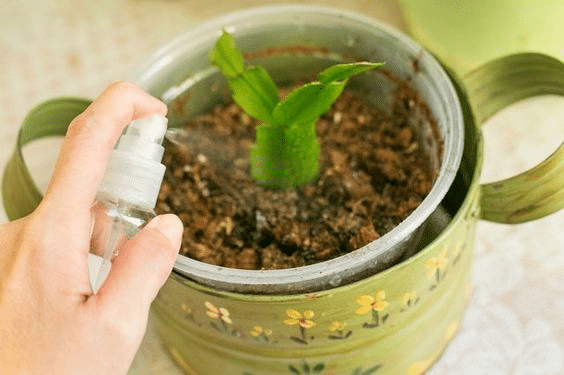
Transplanting the Christmas cactus
Houseplants need a change of location every once in a while.
The nutrients in the clay of the flowerpot will eventually be depleted, and it will be time to find a new pot, usually slightly larger. Don’t worry about a larger pot causing the plant to grow too fast since cacti are not known for their fast growth.
So, how do we proceed when transplanting a Christmas cactus to harm the plant as little as possible?
Choose a suitable time.
When transplanting a Christmas cactus, it’s essential to do it carefully to avoid harming the plant. The best time to transplant is every three years, just after the plant has finished flowering and is in a state of rest.
To prevent damage to the fragile roots, gently remove the plant from its current pot and remove as much old soil as possible from the roots.
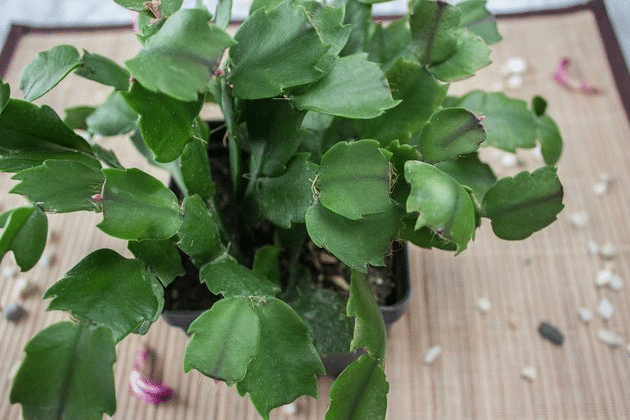
Choose a suitable flower pot
Ideally, it is 6-10 inches larger in diameter than the current one. Classic, unvarnished terracotta is ideal for maintaining an optimal amount of moisture.
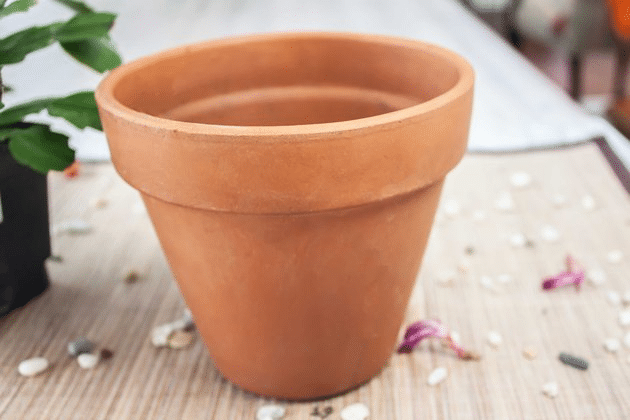
Mix the mixture of soil (substrate) and sand.
Similar articles

Christmas in the Mountains: Where to Go? We Have Great Tips for You! Get Inspired!

Worst Christmas Gifts to Avoid: A Survival Guide for Holiday Shopping

Where to Go to the Seaside for Christmas This Year? We Have Great Tips for You

Creative Wrapping: Unique Ideas for Gift Presentation Beyond the Holidays
Remember that cacti are drought-loving plants in their natural environment, and soil that is too heavy can cause their roots to rot.
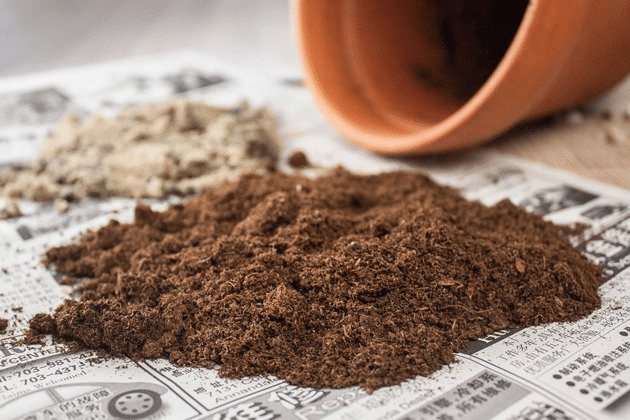
Complete the transplant
Pour the soil into the pot, carefully move the plant, and cover with soil up to the edge. Water and leave alone to let the clay settle.
Propagation of Christmas cactus
If you successfully grow the Christmas cactus, the next step is to propagate it. Admit it yourself: Why spend money on a new plant when you can make your own offspring? Propagating a cactus is not difficult; you just need to know how to do it:
- First, prepare a temporary place for seasoning. Pour water into a glass and let it stand. Cover the glass with cling film and secure it with a rubber band. Make a hole in the foil.
- Cut off the last three branches of the twig and insert it into the prepared glass of water so that the lower branch is immersed in the water and the upper two branches rest on the hole in the foil.
- Wait a few days for new roots to appear, and then carefully plant the whole plant in a new pot with soil (see transplanting).
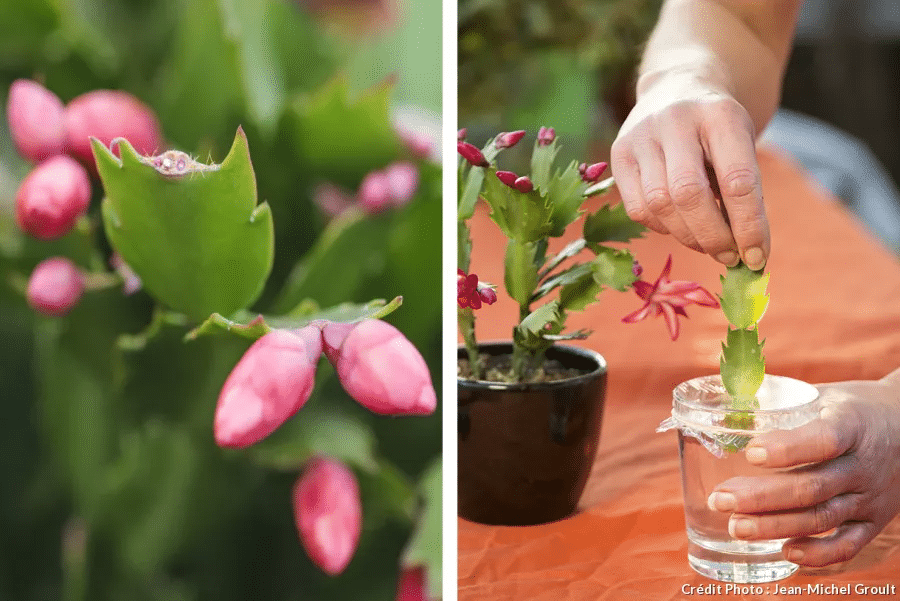
Propagate the plant mainly after flowering. This is also a good time for fertilizing—light fertilization can support the growth of new plants.
Watch the video tutorial on propagating the Christmas cactus.
What if it doesn’t bloom?
The fact that the Christmas cactus is not blooming is a fairly common problem. This most often happens for one or more of the following reasons :
- the plant is in too sunny a place
- the plant is in too hot an environment
- the plant is weakened due to the breaking of overloaded branches – see below for more on pinching
- the plant is fertilized at the wrong time – see above for more about fertilization
Soil and fertilization
Christmas cacti require ideally loamy-sandy soil or soil with pebbles for sufficient drainage.
Substrates directly intended for succulent plants are also suitable.
Christmas cacti should be fertilized roughly once every two weeks with a diluted fertilizer for succulents or flowering cacti.
But be careful. Fertilizing should not be done all the time. Stop with it about a month before winter flowering, i.e., around the end of October.
Cactus can be grown without fertilizer, but in that case, it needs to be transplanted more often.
Location and light
The plant will do well in indirect light. Windows facing north are ideal. If you don’t have this option, close the blinds halfway.
The cactus can also adapt to shady conditions, but it thrives best in indirect light, or semi-shade.
Short days suit the cactus best, so it blooms in winter.
Temperature and humidity
It is a tropical plant that requires a relatively mild temperature and high humidity. It thrives best in an environment with a daily temperature between 65 and 75°F, which is the average temperature in most apartments.
Temperature should be slightly lower in the so-called quiet period (September to November).
The ideal humidity should be between 50 and 60%. If it is lower, a sprayer is necessary to artificially provide humidity.

The biggest problems in growing cacti
The most common problem that growers of this holiday plant encounter is that the buds begin to fall off before they even bloom.
This can happen if there is a significant change in temperature, lighting, humidity or the amount of watering. Therefore, avoid such changes and keep the plant in one place.
However, it is natural for a few buds to fall off, even with proper handling. But there shouldn’t be too many of them.
The cactus is quite resistant to pests and diseases. Instead, it can develop mold in case of too much watering or sunburn.
In the garden, it needs to be protected from slugs because they like to enjoy it very much.
Final summary or stick to these basic tips and enjoy a blossoming Christmas
Basic rules:
- Keep Christmas cacti in sandy soil.
- Water with standing water and only when the soil is dry.
- Ensure sufficient environmental humidity.
- Don’t worry if a few buds fall off.
- It is natural for the plant to lose a few. Place the plant in partial shade.
- During the day, keep the temperature between 65 and 75°F, and during the night between 55 and 65°F.
Annual Christmas cactus care plan:
| Spring | The best time for transplanting, propagation, and moving from the winter habitat. |
| Summer | Keep outdoors in a semi-shady location, observing sufficient watering and fertilizing. |
| Autumn | In September, move back to the winter habitat and keep the soil drier; on the contrary, more leaves grow. |
| Winter | Place will have 4 to 6 hours of indirect sunlight; do not move the plant, and keep the soil moist. |

A final tip
Want to encourage your Christmas cactus to form a thick stand? Use your fingernails to pinch off the last link on each twig every year after flowering – this will create new ones.
Likewise, in early September, you can pinch off any terminal links that are less than half a centimeter – they need to be developed more to form a flower.
Remember to wash your hands well with clean water before pinching to avoid introducing bacteria into fresh wounds.
Regular shortening of the branches also prevents gradual plant overloading and reduces the risk of breaking twigs.
Long story short – keep your Christmas cactus in good shape, and it will reward you with a bountiful supply of flowers.

